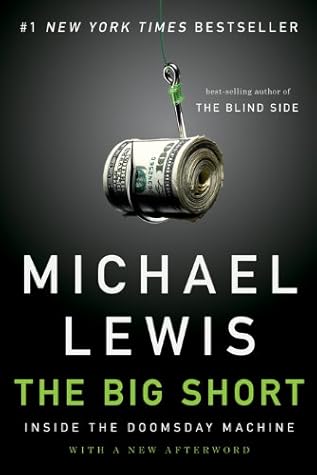More on this book
Community
Kindle Notes & Highlights
Read between
February 6 - February 9, 2022
He was simply so much more interested in whatever was rattling around his brain than he was in whoever happened to be standing in front of him that the one overwhelmed the other.
Nikki Martinez liked this
The big fear of the 1980s mortgage bond investor was that he would be repaid too quickly, not that he would fail to be repaid at all.
“Any business where you can sell a product and make money without having to worry how the product performs is going to attract sleazy people.
The accounting rules allowed them to assume the loans would be repaid, and not prematurely. This assumption became the engine of their doom.
How do you make poor people feel wealthy when wages are stagnant? You give them cheap loans.
“If you are going to start a regulatory regime from scratch, you’d design it to protect middle-and lower-middle-income people, because the opportunity for them to get ripped off was so high. Instead what we had was a regime where those were the people who were protected the least.”
“When you’re a conservative Republican, you never think people are making money by ripping other people off,” he said. His mind was now fully open to the possibility. “I now realized there was an entire industry, called consumer finance, that basically existed to rip people off.”
The CDO was, in effect, a credit laundering service for the residents of Lower Middle Class America. For Wall Street it was a machine that turned lead into gold.
Both sides could do a deal with Goldman Sachs by signing a piece of paper. The original home mortgage loans on whose fate both sides were betting played no other role. In a funny way, they existed only so that their fate might be gambled upon.
In Bakersfield, California, a Mexican strawberry picker with an income of $14,000 and no English was lent every penny he needed to buy a house for $724,000.
“It’s really hard to know when you’re lucky and when you’re smart.”
Financial options were systematically mispriced. The market often underestimated the likelihood of extreme moves in prices. The options market also tended to presuppose that the distant future would look more like the present than it usually did. Finally, the price of an option was a function of the volatility of the underlying stock or currency or commodity, and the options market tended to rely on the recent past to determine how volatile a stock or currency or commodity might be.
The triple-A ratings gave everyone an excuse to ignore the risks they were running.
The line between gambling and investing is artificial and thin.


